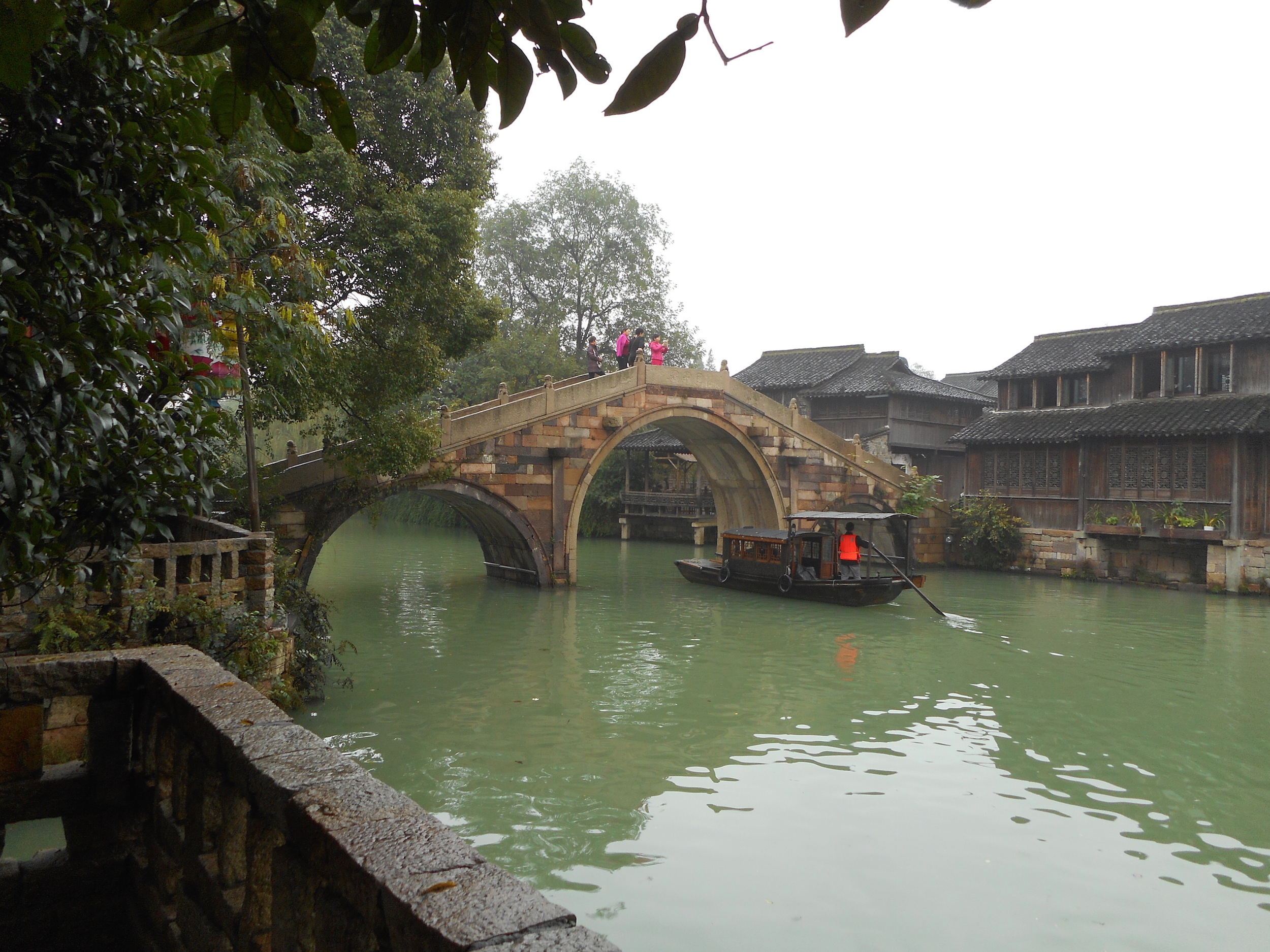Still, I was surprised when an invitation arrived to participate in the opening of the new museum this past November. It involved being one of the speakers at the ceremony, all travel and housing expenses paid. Joanne Wang urged me to come, so of course I accepted. When she and I arrived at Shanghai’s Pudong Airport, a car was waiting to drive us to Wuzhen, about two hours away. Our hotel was situated inside a kind of theme park, a modern reproduction of a traditional Chinese village, built on both sides of the river that runs through Wuzhen. Cars are banned from the park, and boatmen pole tourists along the river in vessels that could be called gondolas, but the resemblance to Venice stops there. Instead, a conglomeration of small houses with tiled roofs and upcurving eaves, an occasional stone bridge, and quite a few trees in vest-pocket parks are scattered throughout the village.
Next day, we visited Mu Xin’s house, a few rooms of which are now open to the public, exhibiting photographs of the artist and some of his personal effects, including his pipe and cane, and a photograph of André Gide. There are also a few artworks, which included studies of the nude male body. It’s gratifying to reflect that, after an adulthood of poverty and imprisonment, he had been allowed a few comfortable years before his death in the very house where he’d lived as a child with his parents and siblings.







